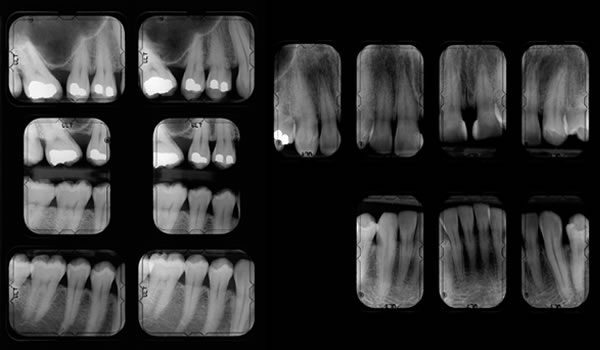
Nitrous oxide, or laughing gas, is frequently used in dental clinics to provide light conscious sedation when treating apprehensive patients. Among all of the sedative agents used in medicine and dentistry, it is probably the safest for the patient when used with a properly functioning fail-safe and flow-safe flow meter.
The National Institute for Occupational Safety and Health (NIOSH) requests assistance in controlling exposures of workers to nitrous oxide (N2O) during the administration of anesthetic gas in medical, dental, and veterinary operatories. NIOSH concluded in 1977 that exposure to N2O causes decreases in mental performance, audiovisual ability, and manual dexterity.
Chronic exposure to trace levels of N2O also has been found to be harmful to oral health professionals (especially pregnant women) and has been related to a higher incidence of birth defects and of spontaneous abortion. A recent study of workers indicates that adverse reproductive effects may also result from chronic exposure to N2O.
In 1977, NIOSH published the technical report Control of Occupational Exposure to N2O in the Dental Operatory. It presented methods for limiting the concentration of waste N2O to 50 molecules of N2O to 1 million molecules of oxygen expressed as 50 parts per million (ppm) during administration, a limit based on the technical feasibility of existing controls. Since publication of this technical report, data collected by NIOSH have shown occupational exposures as high as 300 ppm in hospital operating rooms and exposures higher than 1,000 ppm in dental operatories equipped with scavenging systems (properly operating scavenging systems have been shown to reduce N2O concentrations by more than 70 percent). CDC’s overview of these issues includes citations of relevant articles.
Nitrous Oxide (N2O) Occupational Exposure Limits
NIOSH recommended exposure limit (REL) for N2O is 25 ppm as a time-weighted average (TWA) during the period of anesthetic administration.This means that during an 8-hour day the average of N2O exposure is 25 ppm. For example, if for 2 hours staff are exposed to 100 ppm and for the remaining 6 hours they are not exposed to N2O, the TWA is [(100 X 2)/8 = 25]. This REL is intended to prevent decreases in mental performance, audiovisual ability, and manual dexterity during exposures to N2O. A REL to prevent adverse reproductive effects cannot be established until more data are available.
The American Conference of Governmental Industrial Hygienists threshold limit value for N2O is 50 ppm as an 8-hour TWA. The 1991 Documentation of the Threshold Limit Values and Biological Exposure Indices states that “control to this level should prevent embryofetal toxicity in humans and significant decrements in human psychomotor and cognitive functions or other adverse health effects in exposed personnel.”
OSHA does not currently have a standard for N2O.
Policies and procedures should cover use of N2O in the clinic, including maintenance of the N2O machine and monitoring of N2O levels in the ambient air during and after use. Use of N2O (or any sedation technique) is completely elective in dentistry. The choice to either allow or not allow its use in your clinic should be made based on (1) the preferences and training of staff and (2) risk-management concerns, since the use of any sedation technique increases potential malpractice exposure.